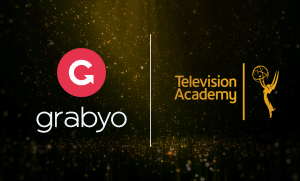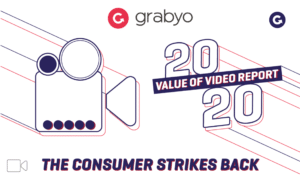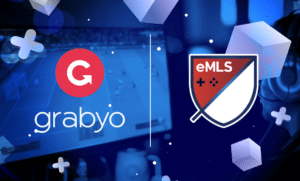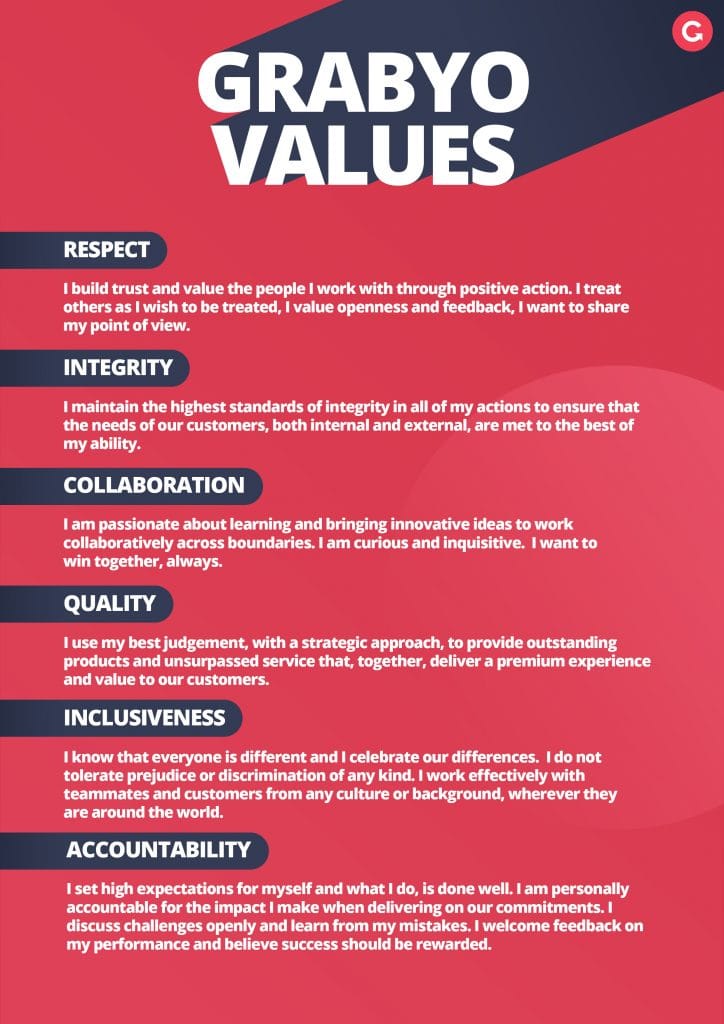eSports: a close look at industry growth and future trends
While the eSports industry is enjoying a recent surge in global popularity, the concept is actually nothing new. Competitive gaming has been popular since the 1970s, with the first competitions taking place on black and white computers. However, fast forward 30 years, and with the creation of more powerful games consoles and high-speed internet, the evolution of online gaming supercharged the eSports industry with tournaments becoming global events in the early 2000s.
Now there are professional leagues and competitions with multi-million dollar prizes. The term eSports covers a wide variety of games across multiple gaming platforms. The industry is not just the virtualization of sports like football and golf. This broad appeal has removed the barrier for entry for many consumers, enabling eSports teams, federations, and games publishers to create global communities and networks.
The current state of the industry is expanding at pace, with big technology companies such as Facebook and Amazon entering the market to bring innovation and large scale investment.
Increased consumption
Since March 2020, Grabyo’s At Home Video Trends Report found that digital video consumption has increased rapidly, with consumers spending more time on streaming-enabled devices whilst staying at home. Meanwhile, while live events were paused, fans were getting their competitive fix through eSports. Sports federations, games publishers, and broadcasters began hosting global tournaments involving both professionals and celebrities to replace live sports and events. These were streamed directly to a host of social platforms including YouTube and Twitch. Some of these were also simultaneously broadcast to cable television networks, increasing the prominence of esports on mainstream video channels.
While raising the profile of the industry, these special-event eSports tournaments provided fans with an opportunity to connect with their favorite celebrities, professional sports stars, and eSports heroes. In a format never seen before, matches were live-streamed from home, allowing more intimate, exclusive access for fans.
EA and the English Premier League created a virtual substitute for football fans by involving professional footballers with the FIFA20 Stay and Play Cup. Live streams of matches included hosts and commentators to create a similar set up to something a fan would expect if they were watching a typical Premier League fixture. The formats were simple and had a competitive element to them, culminating in over 1 million hours watched by fans on Twitch.
Goal of the tournament? ✂️ ⚽️ 🎮 @NabilBahoui from (@aikfotboll) scored this beauty in the Quarterfinals of the #stayandplay Cup! pic.twitter.com/FC875NDGZg
— EA SPORTS FIFA (@EASPORTSFIFA) April 18, 2020
Technology and Trends
Providing much needed in-home entertainment across the globe was a key play for eSports, but ultimately an acceleration of an already fast-growing industry. Marketing Hub found that overall awareness of eSports between 2015 and 2019 doubled, and is on track to hit nearly 2 billion people by the end of 2020. Increased awareness brings increased consumption, investment, and sponsorship. Games such as Fornite, Call of Duty and DOTA 2 break records year on year and are hard to miss on social platforms during the week of their annual launch.
Sports-based games resonate with both sports and eSports fans on social platforms. Games such as FIFA20, NBA2K20, and PGATour2K21 are promoted, endorsed, and talked about by some of the world’s most-followed stars, creating global trends for fans to follow each year.
Sending our #PGATOUR2K21 cover athlete @JustinThomas34 good vibes as he enters the @PGATOUR @playofffinale TOUR Championship this Friday at @eastlakegc! Comment with ⛳ to wish him luck, too! pic.twitter.com/MfbMzNM2X9
— PGA TOUR 2K (@PGATOUR2K) September 3, 2020
Console updates are also major dates in the calendar for gamers and tech enthusiasts. Xbox and Playstation owning their annual launch dates with large-scale and big-budget product updates, accompanied by innovative marketing campaigns that tie in with eSports competitions. Gaming fanatics will also keep an eye on equipment sponsorship in other product categories such as screens, chairs, and headsets to name a few. Combine this level of exposure with large prize money at stake, the industry is only going to keep growing.
Revenue growth YoY
The bulk of eSports revenue comes from sponsorships and advertising. As the industry continues to grow, awareness has prompted investment from some of the major spenders in advertising such as Coca-Cola and Audi. Gamers typically represent a valuable market for brands: Males aged between 16 and 35. With this audience both highly engaged and accounting for a large majority of the industry’s audience, the ROI for brands is considerable, relative for example to a social campaign.
Sponsorship and advertising can be via typical digital routes such as pre-roll on a live stream, branded highlights on social media or a partnership with the game, or the console itself. There are also subtle in-game promotions. For example, on a football game, you could brand the advertising boards that surround the pitch, statistics, or player of the match awards. The selling of these rights allows the games to reinvest in the product, creating a high-quality user experience. In turn, the viewer experience is better, attracting more people to watch and engage.
Professionalisation of esports
eSports has evolved from competitions being played on black and white computers with a few hundred people at Stanford University to professional leagues, teams, and players. Competing globally and attracting thousands of fans both live arenas and large online viewership on Twitch and Youtube. It has become a lucrative business with increased sponsorship and partnerships available across the ecosystem.
Football as an industry has been quick to react to the professionalization of eSports with clubs and national teams signing their own eSports teams to compete against each other. Playing alongside major international football tournaments to increase exposure as well as attracting new fans to the industry. One of the biggest signings has been Manchester United and French International Paul Pogba, who has joined Verdansk FC eSports team to play Call of Duty. Signing a high profile sportsman has continually leveraged the popularity of existing stars to bring eSports to a new audience.
Time to start my next chapter with #VerdanskFC. This team is going to be 🔥!!!
— Paul Pogba (@paulpogba) August 12, 2020
#LetsGo #Mayhem #NewTeam #FutureChampions #Warzone #CODPartner #WhosIn #NextChapter pic.twitter.com/Jem3L87kOe
The Future of eSports
With continual innovation and growth, the possibilities for eSports are endless. There is no doubt that local lockdowns across the world increased the awareness of esports but year on year growth was already happening. Adapting quickly and sustaining growth through turbulent times, whether or not people are at home has been crucial to recent months. Inevitably, at some point, there will be saturation but there are no signs of this occurring in the near future.
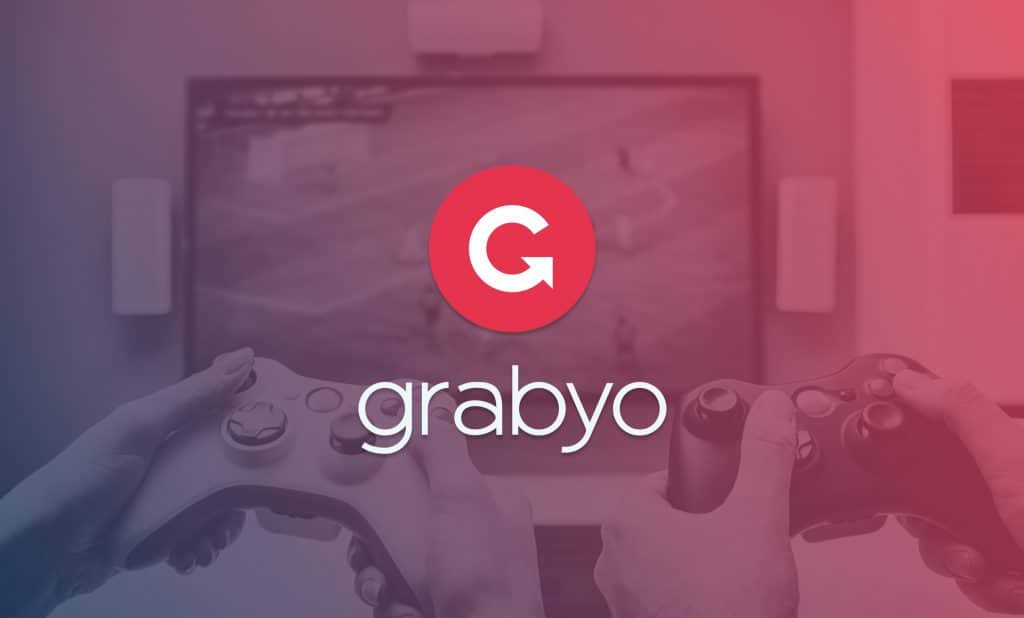
Related blogs
Stay in touch.
Join over 10,000 media professionals and register to receive our monthly newsletter directly to your inbox!































